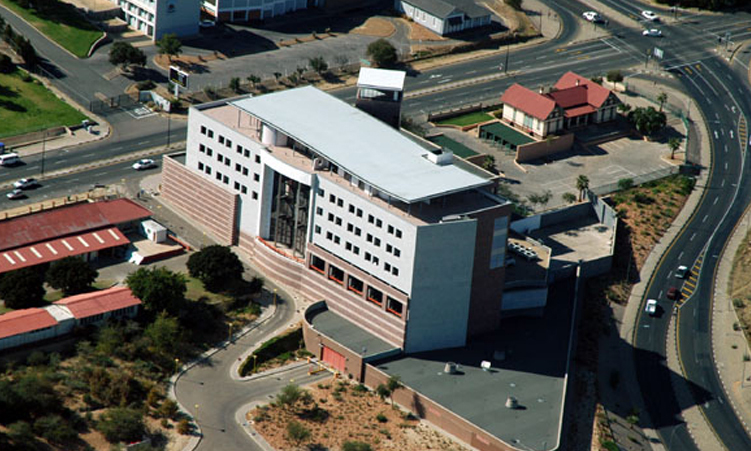Private sector credit extension grew by 2,4% year on year (y/y) in January 2024, registering a slight decrease from the 2,6% y/y recorded in January 2023, but an improvement from the 1,9% y/y observed in December 2023.
According to economic analysts Simonis Storm Securities, the growth recorded in January 2024 was supported by the corporate sector, while household credit extension moderated.
“In January 2024, credit extended to corporates reached N$46,47 billion, an increase of 2,1% y/y as compared to 0,4% y/y growth reported in December 2023,” said Simonis.
According to the Bank of Namibia, the credit growth in the corporate sector was primarily driven by increased demand from manufacturing, energy and agriculture sectors. Conversely, households experienced a slowdown in credit growth during the same period, with growth decreasing to 2,6% y/y in January 2024 from 3,0% y/y in December 2023.
Despite the typical trend of individuals seeking loans to kick-start the year, January 2024 saw the slowest credit growth uptake by households since 2021. Additionally, credit extended to non-residents increased to 5,0% y/y in January 2024 from 3,6% y/y in December 2023, reaching a debt stock of N$7,9 billion.
“Digging deeper into the credit extension categories for both corporates and households, we saw that the corporate credit growth of 2,1% y/y was primarily driven by the instalment and leasing category, which rose to 24,3% y/y in January 2024 from 21,6% y/y reported in December 2023,” said Simonis.
Overdrafts and other loans and advances also showed growth trajectories.
Although mortgage loans showed improvement, they remained in negative territory, with negative growth of -1,7% y/y in January 2024 from -4,4% y/y in December 2023.
As for household credit growth of 2,6% y/y, the slowdown can be attributed to sluggish demand for mortgage loans, which decreased to 2,2% y/y in January 2024 from 2,7% y/y in December 2023. Other loans and advances contracted to 1,1% y/y in January 2024 from a growth of 0,2% y/y in December 2023. However, overdrafts experienced positive growth of 19,2% y/y in January 2024.
As of the end of January 2024, the liquidity position of the banking industry declined to N$6,2 billion from the N$7,7 billion recorded in December 2023. The central bank provided assurance that this decrease in market liquidity levels was seasonal, as levels typically experience a dip during the first month of the year.
Moreover, there was a 4,9% month on month (m/m) increase in the central bank’s international reserves. This growth can be attributed to Southern African Customs Union (Sacu) receipts amounting to N$6,1 billion, coupled with the depreciation of the local currency.
Additionally, during the national budget speech delivered on 28 February, finance minister Iipumbu Shiimi announced that total revenue for the fiscal year 2024/25 is estimated at N$90,4 billion.
The significant revenue boost is primarily due to a positive adjustment in Sacu receipts, projected at N$28,0 billion, surpassing initial ministry projections.
“Our outlook differs slightly from the central bank’s projections. We are expecting inflation to be slightly higher at 4,9% by the end of the year and anticipate economic growth to be around 2,9%, compared to the Bank of Namibia’s expectations and private sector credit extension to average at 3,5% in 2024,” Simonis predicted. – email: matthew@namibian.com.na
Stay informed with The Namibian – your source for credible journalism. Get in-depth reporting and opinions for
only N$85 a month. Invest in journalism, invest in democracy –
Subscribe Now!






